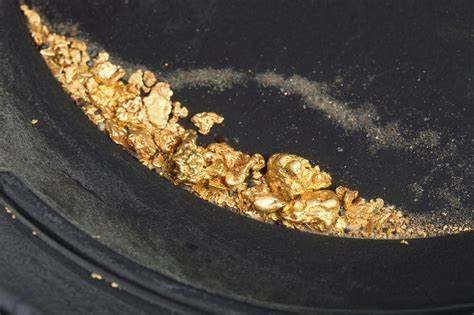Gold extraction is a complex and multi-stage process that spans from initial exploration to the final production of gold bars. Here are the detailed stages of gold extraction:
1. Exploration and Prospecting
Initial Stages:
- Mapping and Geological Survey: Specialists use geological maps and satellite data to identify potential gold-bearing areas.
- Sampling: Samples of rocks and soil are taken from identified areas to determine the gold content.
2. Drilling and Initial Extraction
Drilling Stages:
- Exploratory Drilling: Deep exploratory wells are drilled to get a more detailed understanding of the extent and distribution of the gold deposits.
- Initial Extraction: If exploration results are positive, the main drilling operation begins to extract gold-bearing rocks and soil.
3. Crushing and Milling
Crushing Stages:
- Primary Crushing: Extracted rocks and soil are crushed into smaller pieces.
- Milling: The crushed material is sent to a mill to be ground into powder. This powder contains gold particles.
4. Separation and Refining Process
Separation Stages:
- Amalgamation Process: One of the old methods for separating gold using mercury, which is less commonly used now due to environmental risks.
- Cyanidation Process: In this method, the powdered gold-containing material is mixed with a cyanide solution. The cyanide dissolves the gold, which then forms a gold-cyanide solution.
- Modern Methods: Use of advanced technologies to separate gold from other minerals.
5. Final Extraction and Bar Production
Final Stages:
- Electrowinning and Electro-Refining: The gold-cyanide solution is refined electrically to extract pure gold.
- Melting and Casting: The pure gold is melted and cast into bar molds to produce final gold bars.
6. Environmental Restoration
Restoration Stages:
- Land Reclamation: After mining operations, the mined lands are restored to their natural state.
- Pollution Control: Necessary measures are taken to prevent environmental pollution and protect the environment.


